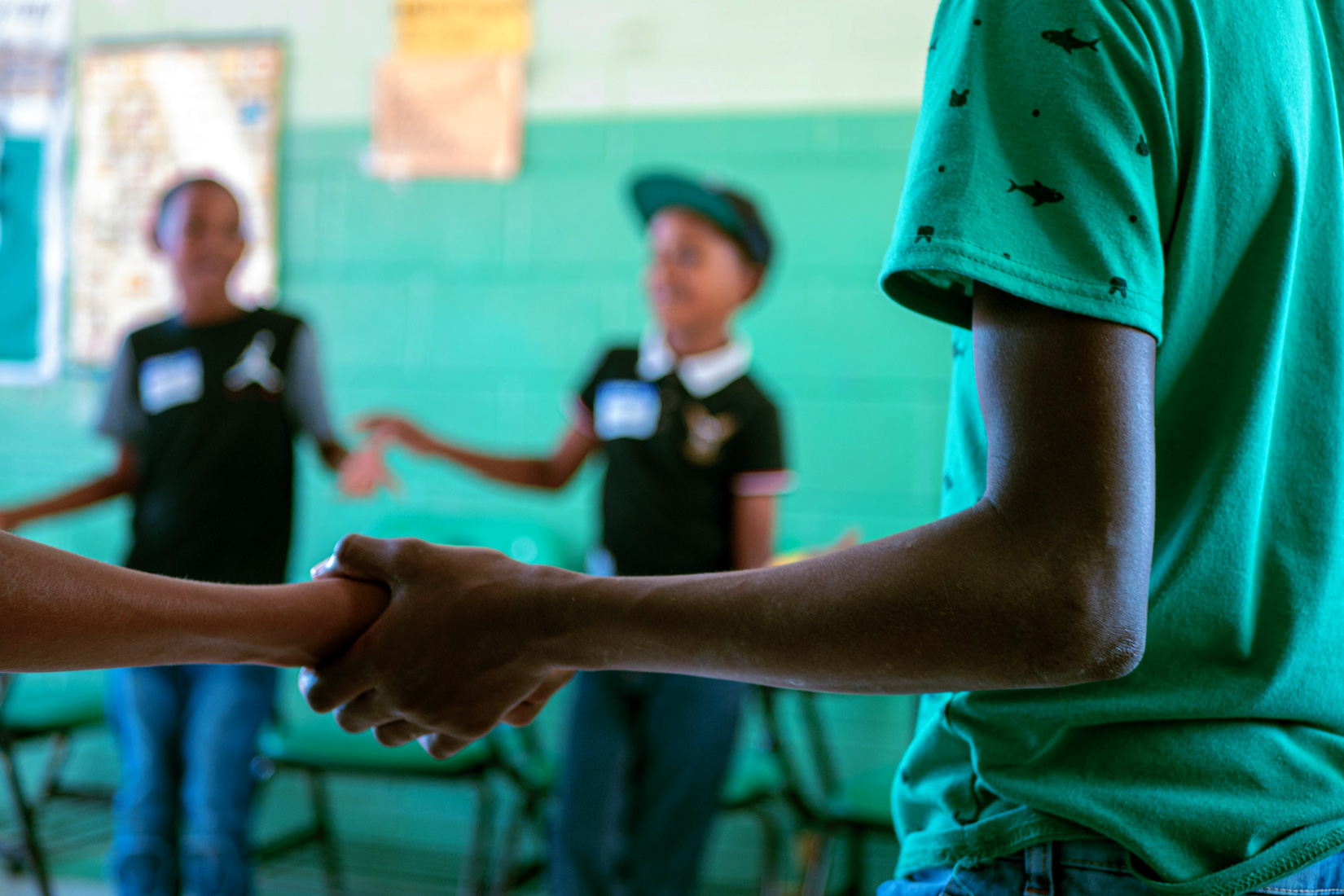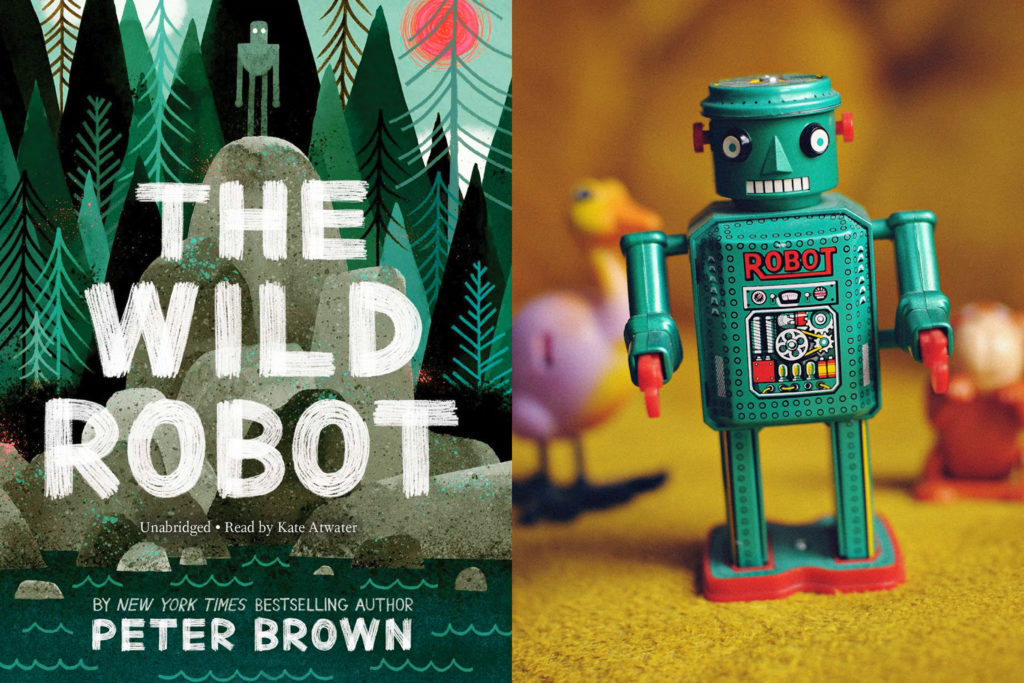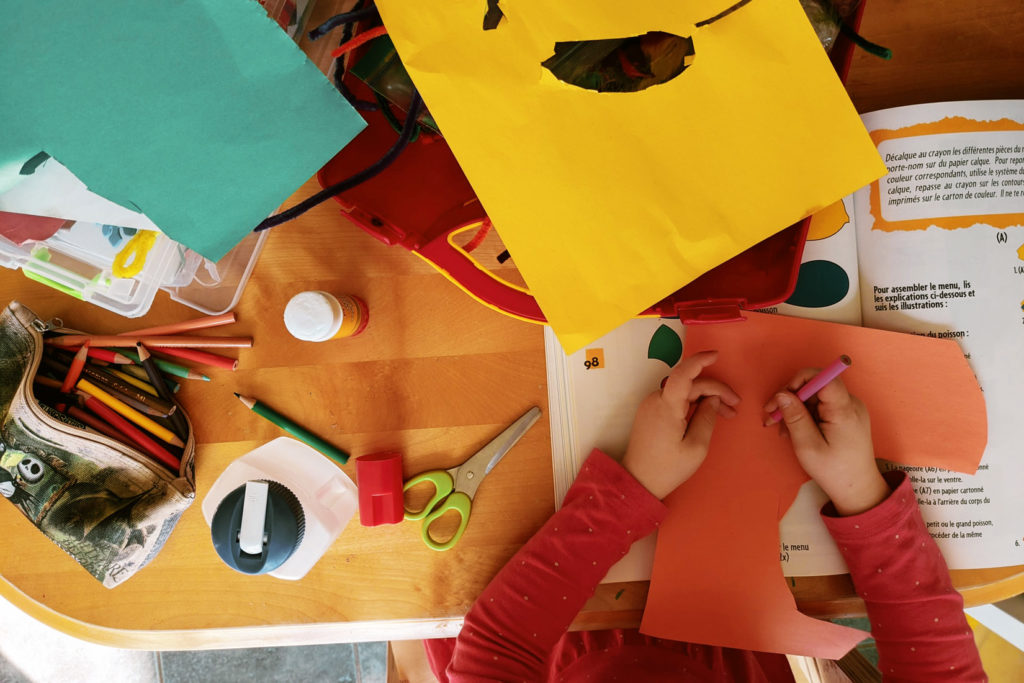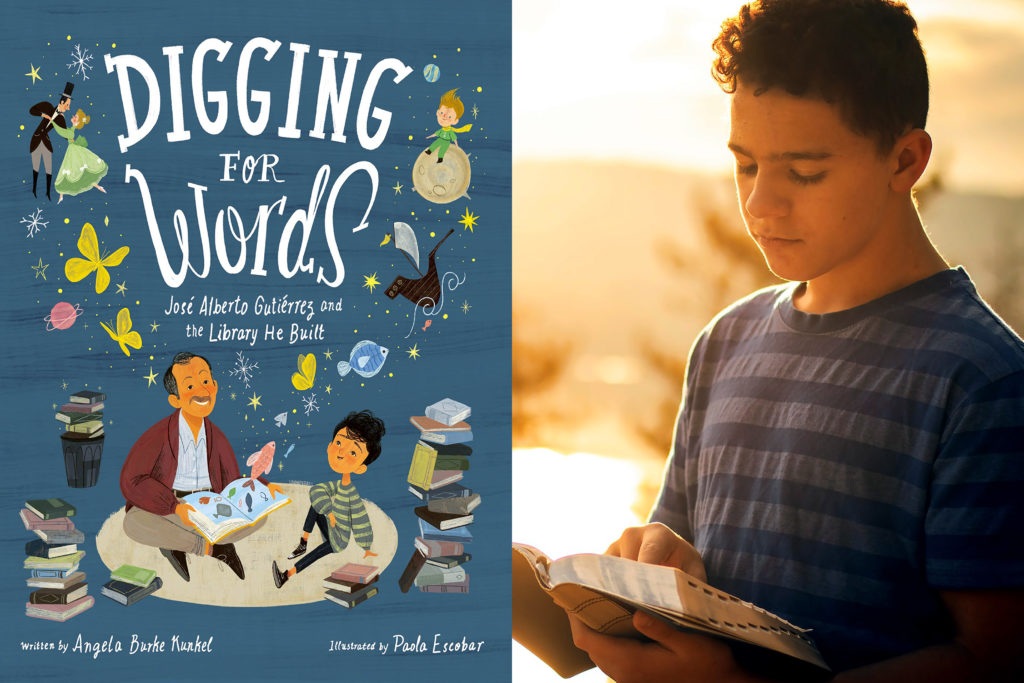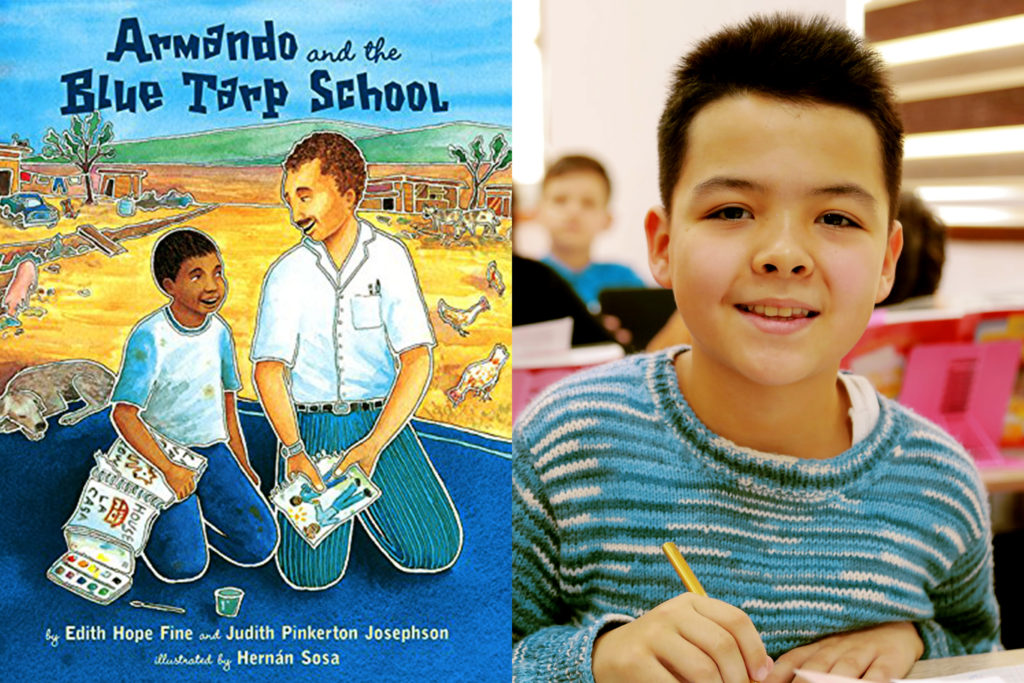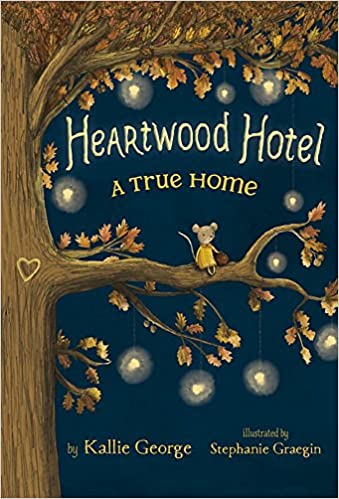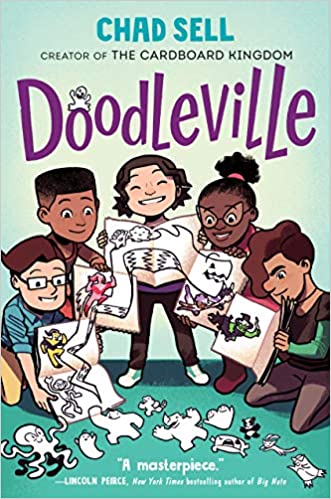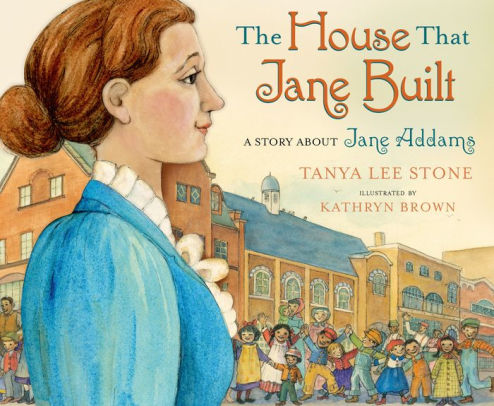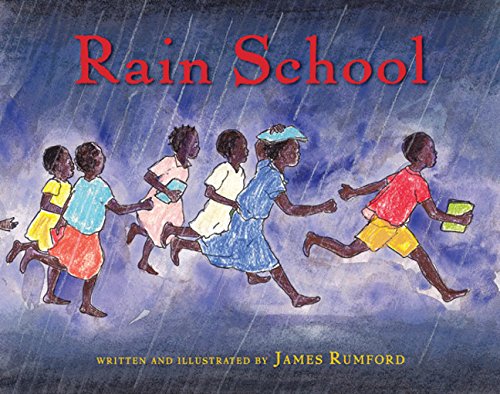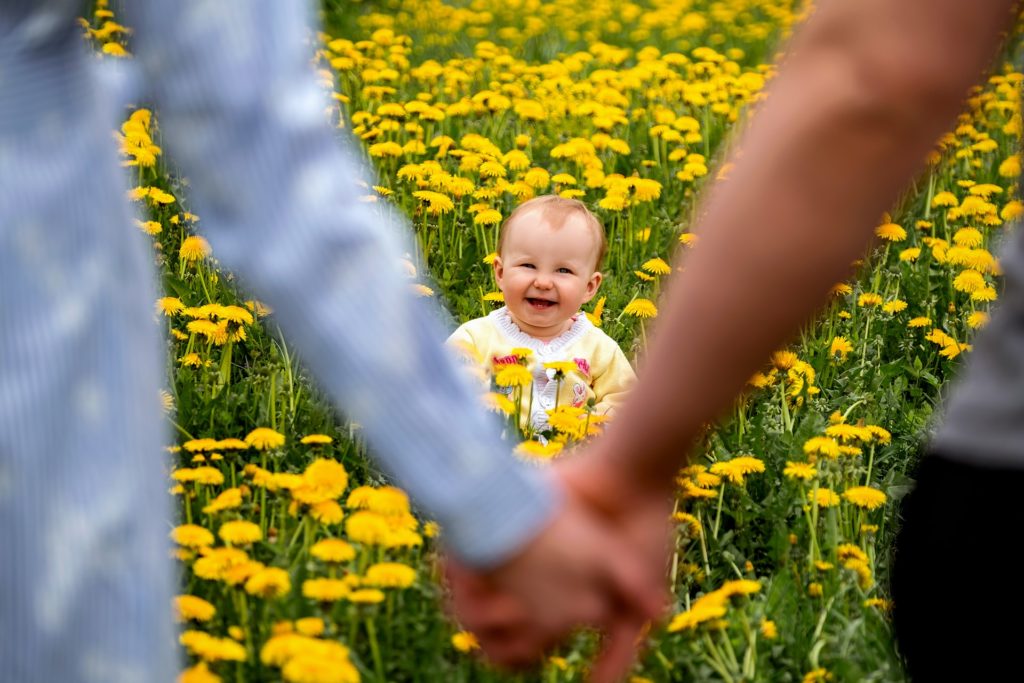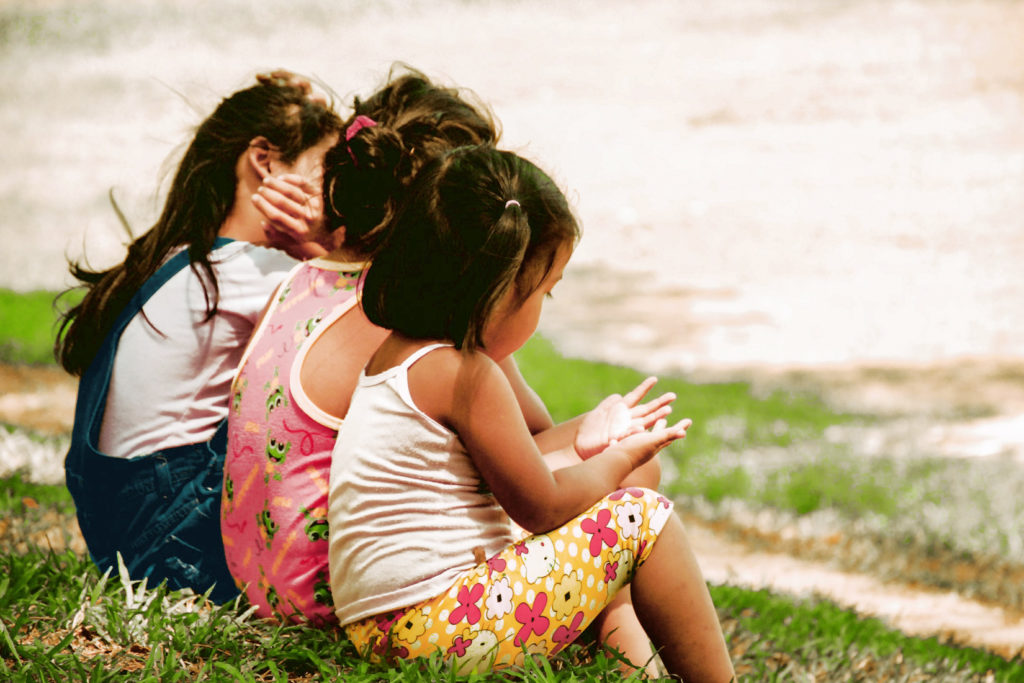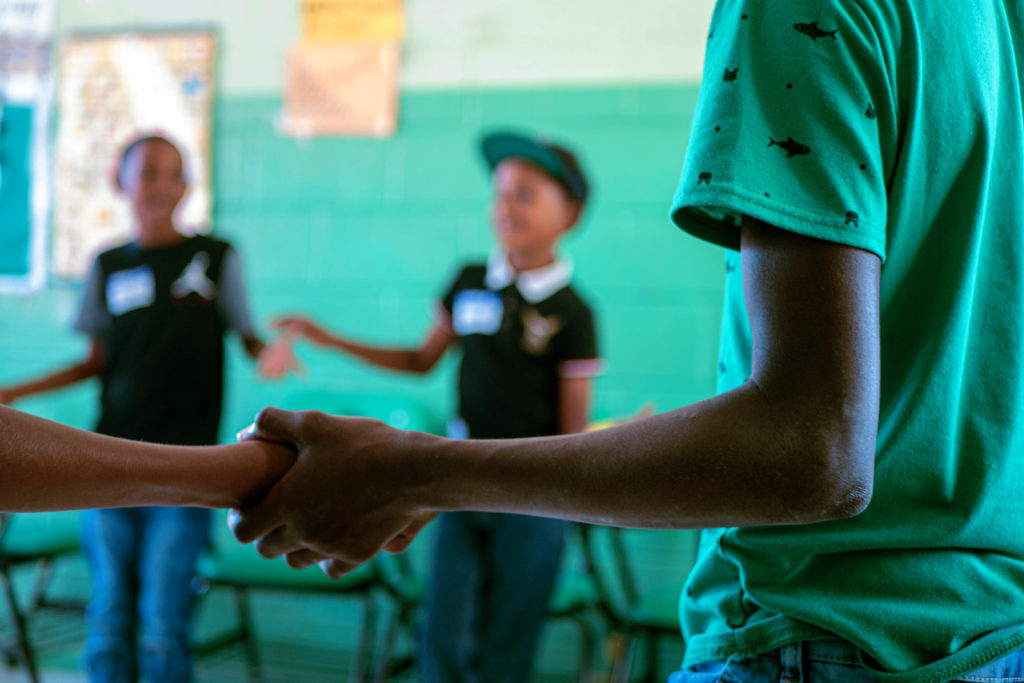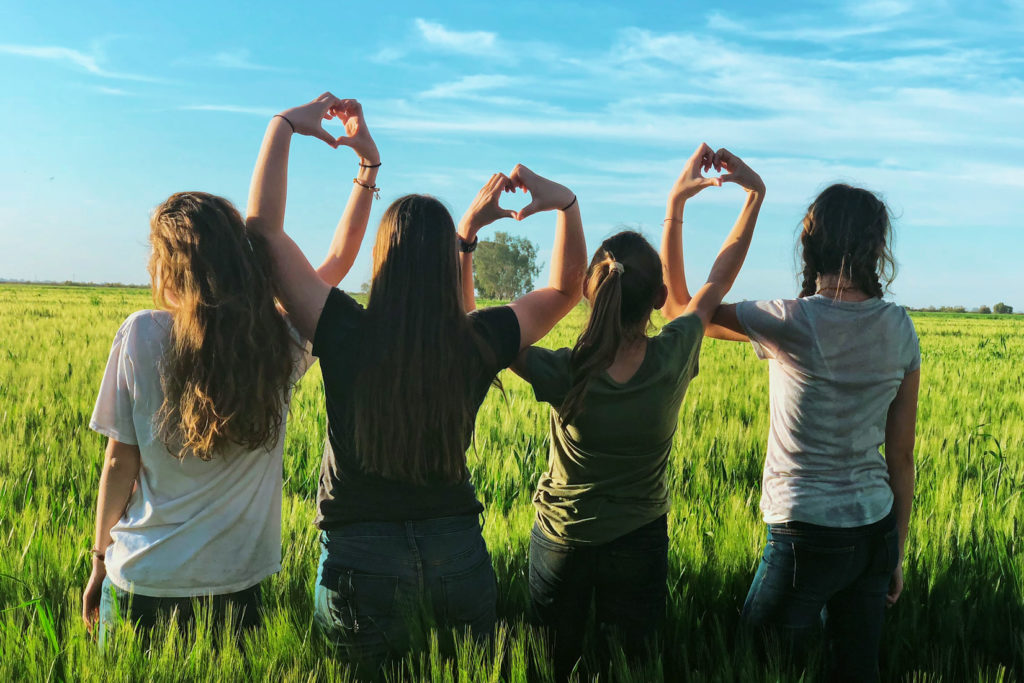In these uncertain times, we remember the advice of Mr. Rodgers, “Look for the helpers”…
Ironically, it feels that the concept of “community” has never been more visible, powerful, and important than in our days of social isolation. There really is an invisible fabric that weaves people into a community: common purpose, empathy, responsibility. Sharing well-crafted stories where children can see humans work together and care for one another, can be a comforting space in a day filled with solo pursuits.
We provide here some tried and tested books and activities that will help families talk about community in deep ways, building strength and trust for challenging times.
Below you’ll find books and activities that are appropriate for 3rd, 4th and 5th Graders around the concept of “Community Connections.”
GREAT BOOKS & CONVOS
The Wild Robot
By Peter Brown
Why We LOVE This Book
This book has the feel of a modern classic. The characters are as vivid and memorable as Charlotte, Wilbur, and Fern (Charlotte’s Web) and the action keeps kids engaged. In this tale, a robot comes to life on a remote island and must learn how to survive from the animals around her. The bonds they form and the problems they face together cause the reader to think about compassion, community, and responsibility in both the human and animal kingdoms. Brilliantly written and engrossing!
Conversation Launchers
- As the chapters progress, different conflicts between the characters emerge. What do you think is at the root of the conflict in each situation? (Often it seems to be ignorance, or distrust, or forging relationships that feel awkward at first. This can open the door to a good conversation about conflicts between people in communities as well.)
- It’s also interesting to think about the word “compassion” throughout this book. Who demonstrates compassion and how did they do that? Is compassion a necessary component in a community? What does compassion in a human community look like?
- “Teamwork” is also a critical component of this book and of communities in general. Where are there examples of teamwork in this book? Where are there examples of teamwork in our family and community? What made teamwork harder in this book and what makes teamwork harder or easier in human communities?
- Do you think Roz was responsible for the death of Brightbill’s family? Why / Why Not?
- At the end of the book, the author ponders on why Roz was so different from the other robots. She was able to change and learn and feel. What do you think caused her to be different?
INTERACTIVE ACTIVITIES
Keep the conversation going!
- Dig Deeper – There are so many interesting elements in this book that might peak your child’s curiosity. From the goslings and other creatures on the island, to real-life robots, it can be fun to “go down a rabbit hole” with your child and discover new information through videos and articles. Websites like www.kids.nationalgeographic.com and www.kidsahead.com might be interesting to visit together.
- Draw A Diagram – Create an ecosystem drawing for the island together. Children are fascinated by the predator/prey relationships that exist on the island (outside of The Nest). Drawing a web diagram that shows “who might eat who” in this natural setting will require kids to go back and reread some sections. Close reading like this can lead to deeper understanding as well as new questions. Who would the apex predator be in this habitat? What happens to ecosystems when one species is removed?
- Keep Reading – If your child loved this, you will absolutely want to follow up with the exciting sequel The Wild Robot Escapes! You’ll find out the fate of Roz and Brightbill and the rest of the island.
The Cardboard Kingdom
By Chad Sell
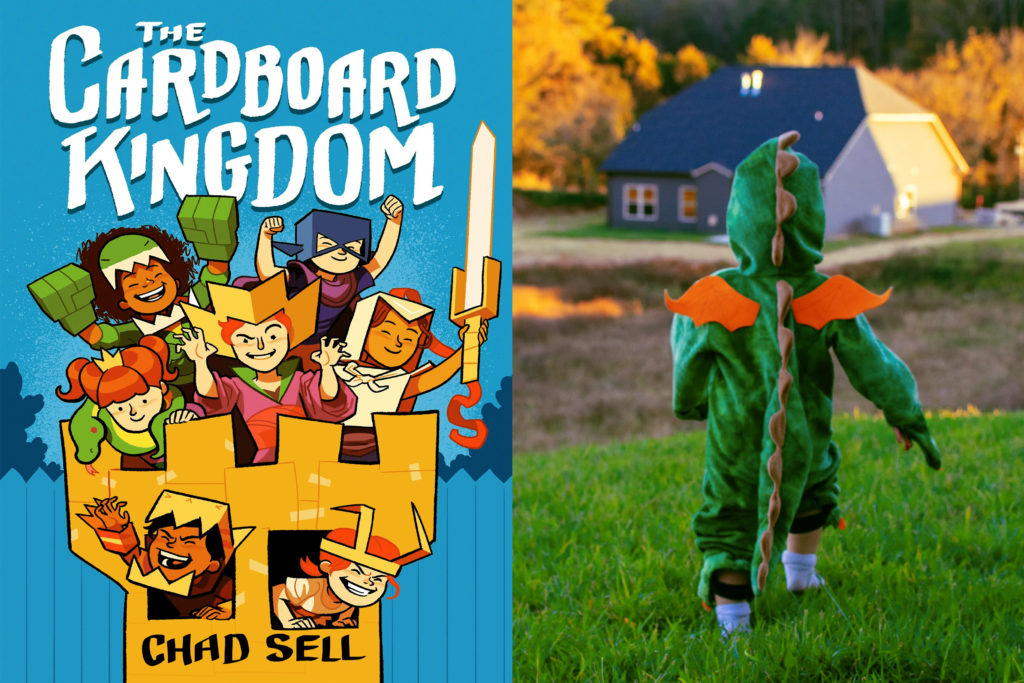
Why We LOVE This Book
This graphic novel is unique, compelling, and completely engaging for kids. While the characters might look young in the illustrations, the issues they embody (identity, acceptance, loyalty, integrity) definitely speak to kids of this age bracket. With each chapter, the cardboard kingdom community grows with the unique contributions of each individual child. Individually, they contribute to the common good while bringing their own talents and perspective to the kingdom… and what a kingdom it is! For every kid who’s ever played with a cardboard box or dress-up gear, it’s a fantasy world to enjoy. This novel celebrates community and was created by a community of writers, through the artistic talent and vision of author Chad Sell.
Read his exclusive interview for our blog (which includes the announcement of an upcoming sequel!):
Author Feature : Chad Sell
Conversation Launchers
- As you read each chapter, talk about what each individual is bringing to the cardboard kingdom community and what conflicts arise. When characters struggle, what is the root cause of that struggle? Is there something that we know about a character that the other characters don’t know? How does a character’s “backstory” influence their actions?
- Which character would you most want to be friends with? Why?
- Which character do you think made one of the biggest contributions to the cardboard kingdom? Why was that so important?
- Some of the kids created a character who was different from their personality. Why did they do that?
- Talk about the families in this story. How did they support or not support the kids? What happens when kids have different views than their families?
INTERACTIVE ACTIVITIES
Keep the conversation going!
- Construct A Cardboard Creation – Cardboard Costume Ideas & Mask Making are some great resources from the Texas Bluebonnet Award 2020 Site.
- Sketch It Out – Encourage kids to draw their own graphic novel.
- Try Theatre – Offer this Reader’s Theater script to your child: Bound to Stay Bound Books. If your child liked the book, they could video their Reader’s Theater performance and offer it as a “book trailer” to their classmates.
Picture Books for Big Kids:
DIGGING FOR WORDS
By Jose Alberto Gutierrez
Armando AND the Blue Tarp School
By Edith Hope Fine & Judith Pinkerton Josephson
Why We LOVE ThESE BookS
Picture books aren’t just for little kids, especially when there is a true story behind them. Being able to compare and contrast two books on a similar topic / theme is an important literacy skill for kids of this age, so we offer here two compelling real-life tales of communities that came together to expand learning options for the children that lived there. Read both books and then talk about…
Conversation Launchers
- What is similar between these two stories? What is different?
- Talk about the adults in these stories. In Armando and the Blue Tarp School, why was Armando’s dad reluctant to have him go to school? What do you think about that?
- Talk about the kids in these stories. How are they similar or different from the kids you know? How do they view school and learning opportunities?
- In both books, kids will be interested to hear the author’s notes in the back, which provide details and photos of the real-life events that inspired the picture book. Why did these men do what they did? What do you think motivated them?
INTERACTIVE ACTIVITIES
Keep the conversation going!
- Research – Do some online research together about the projects depicted in this story. Responsibility, Inc. is the charity that continues to support the work of David Lynch and the Blue Tarp School in the Tijuana dumps. La Fuerza de las Palabras Fundacion is supporting the work of Jose Guitierrz. Find other articles listed in the backs of Digging for Words, as well.
- Give Back – Do either of these books compel your child to take action? In the spirit of supporting education in community places where children face life challenges, consider:
- Taking up a collection of used books to donate to a homeless shelter.
- Researching the needs for low-income schools in your area. Backpacks of Love is a national charity that provides backpacks filled with food on Fridays for students whose families can’t afford food for the weekend. Your family might want to raise money to donate to an organization such as this.
- Share Your Stacks – Starting and sustaining a free little library in your own yard can be a tangible way for your child to share books that they have outgrown with others.
MORE GREAT READS
These books all provide windows into the concept of community with the same big idea that communities work together for the good of those in need. These are fun and well-written examples that will broaden your child’s perspective…
Heartwood Hotel: A True Home
Kallie George
(if you loved The Wild Robot!)
Doodleville
Chad Sell
(if you loved The Cardboard Kingdom!)
The House That Jane Built
Tanya Lee Stone
(if you loved the picture books!)
Rain School
James Rumford
NEW BOOK JOY is an affiliate of Bookshop.org and will earn a commission if you click through and make a purchase. Every order you place through NBJ supports our site and their pool of independent bookstores!
Resources for OTHER AGE GROUPS
SEARCH BY GRADE LEVEL…
– Connie O, NEW BOOK JOY Founder


